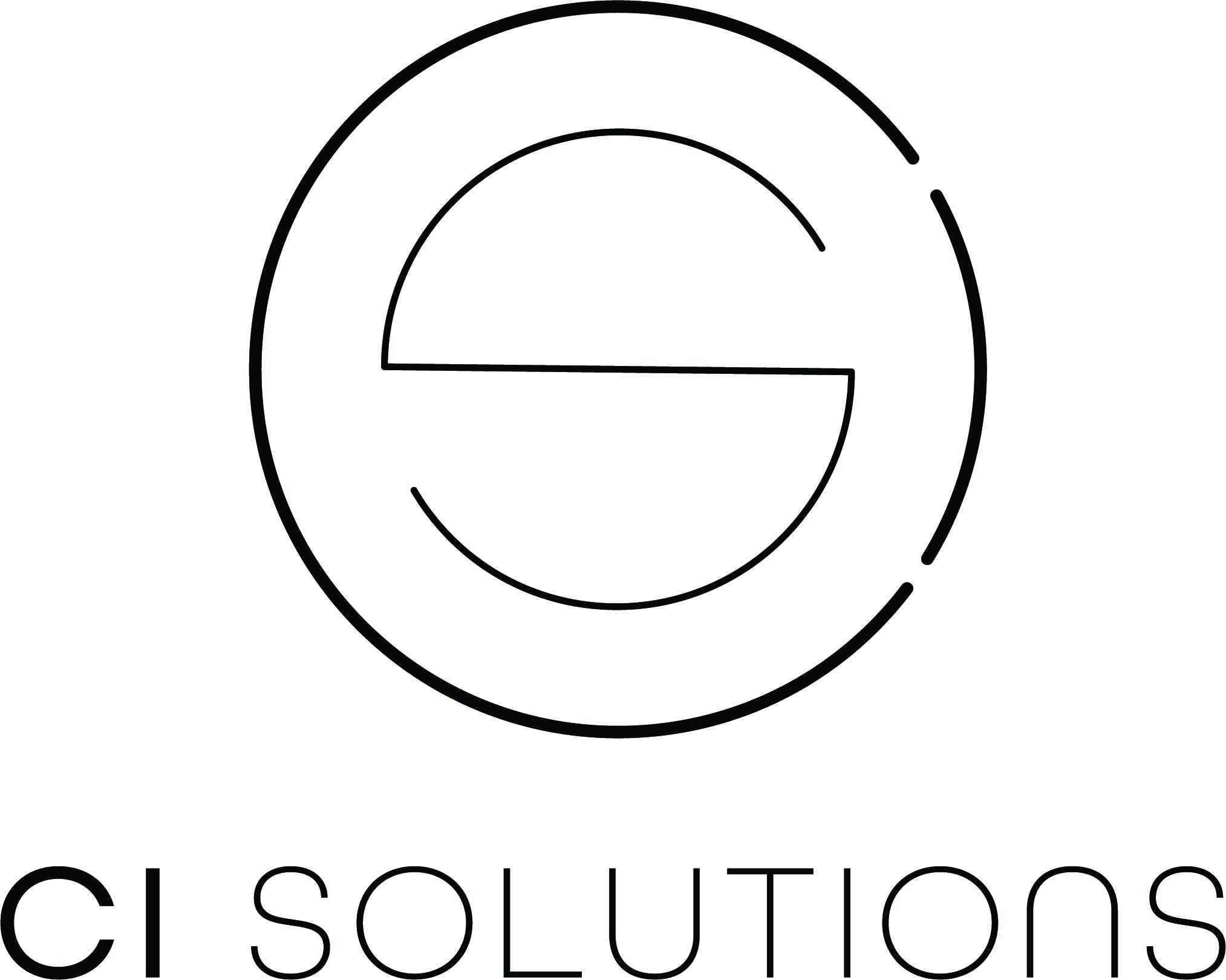How Color Psychology can improve Your Mood
Did you know that the colors you use in your home have a direct impact on your emotions? Color psychology (the study of hues as a determinant of human behavior.) suggests that color has the power to influence productivity, energy levels, mood and self-esteem. So if you’re often stressed in your living room or are having trouble falling asleep in your bedroom— it could have an unexpected solution. Grab a can of paint and rethink how the colors you surround yourself with affect you everyday.
Red
As one of the most powerful shades in color psychology, red entices a wide range of emotions such as passion, excitement, and ambition. Its ability to trigger energy makes it an ideal option for creative spaces like home offices and studios.
Orange
Orange is known to invoke fun, energization, and enthusiasm in color psychology. Bright and punchy, with an effervescent vibrance, orange increases energy levels and boosts creativity.
Yellow
As one of the most vibrant and joyful colors, sunshiney yellow is related to happiness and optimism. Although it’s traditionally associated with happiness, yellow is not considered to be a relaxing color because of its brightness.
Green
A color most often associated with those found in nature, it’s no surprise green stimulates feelings of balance, growth and restoration.
Blue
That peaceful, serene feeling that washes over you when watching the ocean waves roll in isn’t just down to the calming sound. The color blue actually has a calming effect and is associated with feelings of tranquility and neutrality.
Purple
Did you know that during the Roman Empire it was illegal for non-royalty to even wear the color purple? Purple subconsciously denotes meanings of royalty, luxury and nobility and could only historically be afforded by the upper crust.
Pink
Commonly seen during gender reveal parties when a couple is expecting a girl, pink is associated with femininity, as well as, love, nurturing, and softness.








